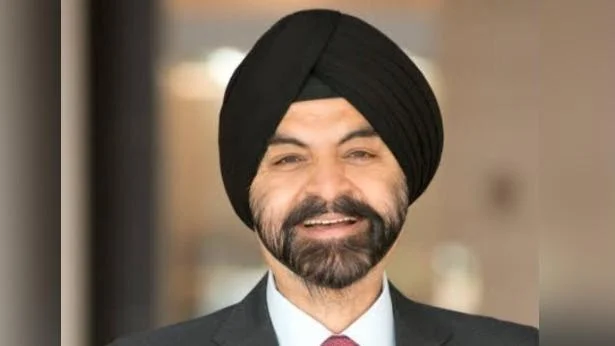The Global Environment Facility (GEF), co-founded by the World Bank Group, United Nations Environment Programme, and United Nations Development Programme over 34 years ago, continues to address critical environmental challenges worldwide. The collaboration has supported developing countries in adopting sustainable development practices.
The World Bank Group's involvement with the GEF has facilitated investments in renewable energy, biodiversity conservation, and sustainable transport among other areas. By providing blended and flexible financing options through the GEF, the World Bank Group often initiates projects that attract further private investment.
The GEF's impact extends beyond environmental benefits; it also contributes to job creation and improved livelihoods. This partnership has helped alleviate economic pressures for vulnerable populations globally.
Under GEF-6 support, integrated programming is fostering shifts in key economic systems. As a lead agency, the World Bank broadens engagement on nature by leveraging partnerships and mobilizing additional finance.
Since its inception, the GEF has approved over 870 projects across 146 countries with funding exceeding US$5.6 billion. This funding has catalyzed an additional US$44 billion from other sources.
Notable achievements include investments in renewable energy transformation in China and financing mechanisms for biodiversity conservation across Africa. The use of blended finance by IFC combines GEF grants with commercial funds to create markets with significant development impacts.
Innovative financial instruments like the Wildlife Conservation Bond are also being introduced to channel investments towards conservation outcomes. For instance, South Africa utilizes this bond to enhance rhino conservation efforts.
The Amazon Sustainable Landscapes Program exemplifies regional efforts towards conservation and sustainable development in Bolivia, Brazil, Colombia, Ecuador, Guyana, Peru, Suriname, and Venezuela. The program aims at improving landscape management in targeted Amazon areas.
In Colombia specifically, a project focused on governance improvement has expanded protected areas significantly while promoting sustainable land-use activities.
Additionally, the Global Wildlife Program works across supply chains globally to conserve wildlife by combating illegal trade and mitigating human-wildlife conflict.
Programs like FOLUR aim at building sustainable landscapes for food production while targeting value chains of major commodities such as cocoa and palm oil across multiple countries.
Lastly, the Global Platform for Sustainable Cities promotes urban development that is greener and more resilient through initiatives like integrated urban planning since its establishment in 2016 under SCIP—a multi-phase initiative addressing climate change impacts on cities globally.

